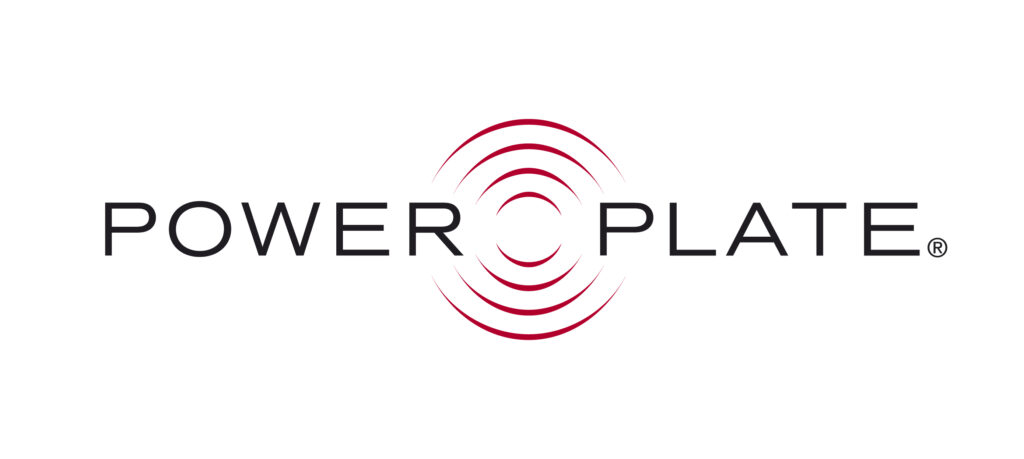BioDensity
Läkemedelsfritt alternativ att öka bentätheten och stärka benstommen.
bioDensity-systemet hjälper på ett säkert sätt att öka bentätheten genom att stimulera kroppens naturliga benföryngringsprocess. Baserad på befintlig vetenskap rörande benbelastning/kompression, ger bioDensity optimala biomekanik för självkomprimering av ben, anpassad stimulering för att öka bendensitet och stärka senor och ligament.
Forskning har visat att aktiviteter som innehåller en relativt hög belastning är mest effektiva för att öka eller bibehålla benmassa. Med bioDensity sätts användaren/patienten i en optimal biomekanisk position vilket möjliggör belastning som är flera gånger kroppsvikten, dessa vikter är nära eller lika som stötbelastning.( se nedan)Användare/patienters DXA undersökningar har visat att BMD (g/cm2) /benskörhet förbättrats tydligt från ett snitt på 7.02 till 14.9% in höfterna och 7.73 till 16.6% i ryggraden efter ett års träning.(se nedan) Nivån på effekten är långt över det som normalt kan uppvisas vid traditionell vård. Vidare har forskare uppmätt liknande prestationsförbättring hos 2380 patienter, (se nedan), även muskelmassan har bevisats påverkats av HbA1c minskning.

Källor
-
- Taaffe, D. R., Robinson, T. L., Snow, C. M., & Marcus, R. (1997).
High‐Impact Exercise Promotes Bone Gain in Well‐Trained Female Athletes. Journal of bone and mineral research, 12(2), 255-260.
- Taaffe, D. R., Robinson, T. L., Snow, C. M., & Marcus, R. (1997).
-
- Mookerjee, S., & Ratamess, N. (1999).
Comparison of strength differences and joint action durations between full and partial range-of-motion bench press exercise. The Journal of Strength & Conditioning Research,13(1), 76-81.
- Mookerjee, S., & Ratamess, N. (1999).
-
- Jaquish, J. (2013).
Multiple-of-bodyweight axial bone loading using novel exercise intervention with and without bisphosphonate use for osteogenic adaptation. Osteoporosis International. 198; 24(4), s594-s595.
- Jaquish, J. (2013).
-
- Hunte, B., Jaquish, J., & Huck, C. (2015).
Axial Bone Osteogenic Loading-Type Resistance Therapy Showing BMD and Functional Bone Performance Musculoskeletal Adaptation Over 24 Weeks with Postmenopausal Female Subjects. Journal of Osteoporosis & Physical Activity, 3(146), 2.
- Hunte, B., Jaquish, J., & Huck, C. (2015).
-
- Huck, C. & Jaquish, J. (2015).
Functional bone performance measurements and adaptations using novel self-applied bone- loading exercise apparatus. Osteoporosis International. 26(1),s391-s392,NS12.
- Huck, C. & Jaquish, J. (2015).
-
- Hunte, B., & Jaquish, J. (2015).
The Effects of Axial Bone Osteogenic Loading-Type Resistance Exercise on Adults with Risk of Moderate-Metabolic Dysfunction: A Pilot Study. Journal of Diabetes Metabolism, 6(539), 2.
- Hunte, B., & Jaquish, J. (2015).

